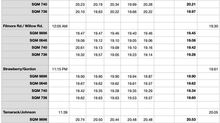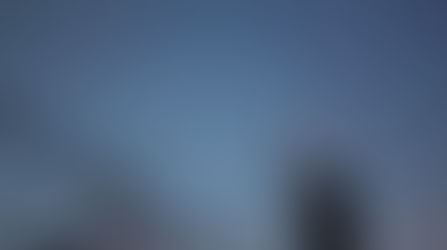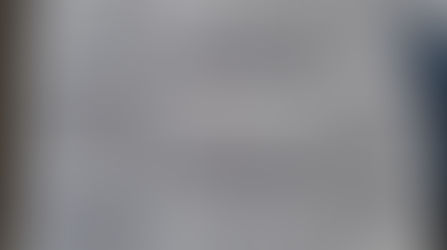Lights for Indiana's Bicentennial Vision
- Chuck Bueter
- Jun 2, 2016
- 2 min read
For its 200th birthday, Indiana is "gathering big ideas the state should aspire to in the next fifty years." Ironically, the logo of the Indiana Bicentennial Visioning Project features a light bulb, which dovetails with my suggestion.
As municipalities, businesses, and residents improve energy efficiency by upgrading to LED lights and other lighting technologies, visionaries shall recognize the best science of the day to mitigate the deleterious effects of light on human health, the environment, and public safety. For example, all outdoor lighting should be full cutoff and minimize glare, light trespass, and sky glow. Additionally, when purchasing LED fixtures, responsible users will select lights which have a CCT rating at or below 3000K. The lighting industry uses the correlated color temperature (CCT) rating system as a simplified means to suggest a light source's actual spectral power distribution. Bluish white light that is rated near 5000K is more harmful because it coincides with wavelengths that most disrupt the human circadian system. Known effects of blue-rich white light, described in the paper "Seeing Blue" by the International Dark-Sky Association (see summary at http://darksky.org/wp-content/uploads/bsk-pdf-manager/3_SEEINGBLUE.PDF) include circadian disruption, negative ecological considerations, increased atmospheric scatter and skyglow, slowed adaptation of the aging eye, increased glare, and more. Hence, lights with peak output toward the "warmer" (admittedly a misnomer) colors and away from the "cooler" blues are more advantageous.
During Indiana's 200th anniversary, the star Scheat in the constellation of Pegasus has been deemed Indiana's Bicentennial Star (http://www.nightwise.org/#!bicentennial-star/c1ekh), being 200 light years away. Starlight that left Scheat in 1816 is just now reaching our eyes in Indiana. In those years we've come to understand better the properties of light and its effects on the human body and the natural kingdom alike. As Hoosiers move forward, let us modify our habits and lessen our impact by reducing light waste and by selecting the least harmful light.
That all said, when I tried to upload the form at at http://www.in.gov/ibc/3138.htm, it was rejected with a message ("The requested URL was rejected. Please consult with your administrator. Your support ID is: 9622405620088380207"). So I sent a message to the Indiana Bicentennial Commission to ask them to forward my idea to the Bicentennial Visioning Project. Now we wait and see.










































